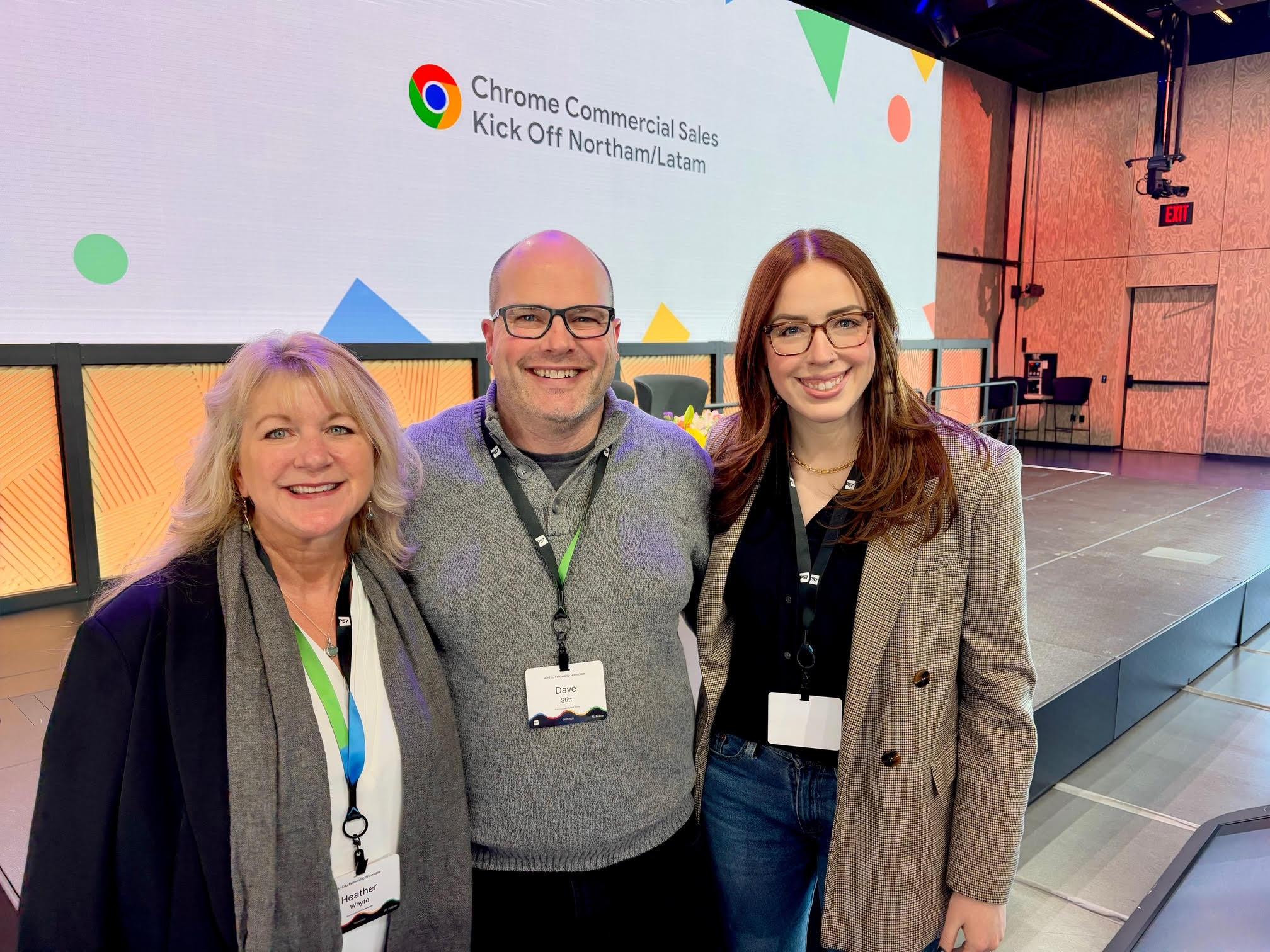Empowering Student Research Through AI: Dave Stitt's Journey with the GoogleAI + Education Fellowship

Peninsula High School (PHS) chemistry and physics teacher Dave Stitt is revolutionizing how students engage with complex academic research with the use of artificial intelligence (AI). As one of only 15 educators selected from North America for the Google AI + Education Fellowship, Stitt developed an innovative approach combining Google’s Gemini and Notebook LM to make advanced scientific concepts more accessible to students.
“I already use Gemini as a personalized tutor for my students,” Stitt said. “I’ve trained them on how to create different versions of chatbots to do different things for them within the class.”
As a part of the fellowship, Stitt was given 16 weeks to create a project using Google’s AI tools to benefit either students or staff in his school. Stitt, along with two other Peninsula School District teachers, then presented their work to Google employees during a large conference in New York City.
His project centered on helping students investigate and research with AI tools to help them with large class projects. By using Google Notebook LM and Gemini, students were able to analyze multiple academic research papers simultaneously - a task that would typically be overwhelming for high school students both in terms of complexity and time investment.
Breaking Down Barriers to Advanced Research
Sitt’s method leverages two key AI tools in complementary ways. Notebook LM enables students to analyze specific documents rather than drawing from AI’s general knowledge base. Students can upload academic papers and use the tool to identify themes, compare findings, and extract relevant information about their chosen topic. Google Gemini helps students understand complex research by adjusting the reading level of technical content while maintaining the integrity of the information. This makes sophisticated scientific concepts more accessible without oversimplifying the core ideas.
Transforming Teaching and Learning
For Stitt, the integration of AI tools has fundamentally changed his approach to teaching.
“When you look at AI, it’s not a scale where you either fully use it to do everything about your project or everything in your learning where you don’t use it at all,” he said. “It’s appropriate in certain areas, and then there are skills that need to be honed and developed on your own.”
This balanced approach has allowed him to multiply his effectiveness in the classroom. “It allows a teacher to multiply their efforts amongst many students, rather than to have to solely focus and put other students off,” Stitt said. “Students can get help from an AI chatbot that we’ve curated and developed to ask that chatbot questions that they would have normally waited for me to answer as I roam through the classroom.”
The result is more efficient and personalized learning.
“They’re able to go faster, further, and at their own pace,” Stitt said. “And if they don’t understand, they can have it stop, back up, explain, say it in a different way, use a different example — all the things that I would go through and do with them. And when I come around, if they still need clarification I’m there to help them.”
Fostering Creativity and Opening Up Opportunities
One unexpected benefit of the project has been its democratizing effect on student presentations.
“Gemini allowed students to equalize their artistic abilities,” Stitt said. “I’m a chemist, physicist, but with Gemini, I can create something that is quite vivid and quite beautiful.”
This capability transforms students who struggle with the mechanics of creating a large project or presentation to becoming an editor, with more control of the way they want to present their findings. The result? A more level playing field where students can focus on content mastery rather than being limited by their artistic or technical skills.
Stitt’s success has inspired other teachers, Google employees, but most importantly his own students. One student is even using Notebook LM to learn a constructed language from their favorite comic book.
“Students have gone through and some of them have taken it, kept expanding it, and now they’re using these tools for homework preparation, creating study materials, and generating practice questions from their textbooks,” Stitt said.
The impact of Stitt’s work extends beyond PHS. As a part of the Google AI + Education Fellowship, his methodologies and insights will be published in March 2025 as part of a comprehensive online guidebook created by Google, allowing educators worldwide to implement similar approaches in their classrooms.